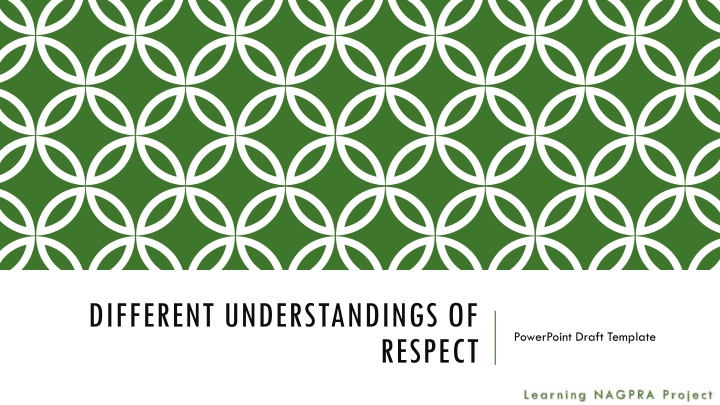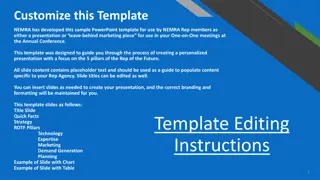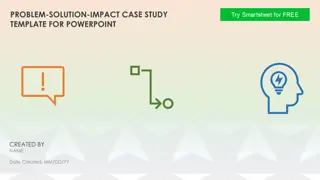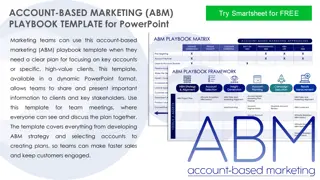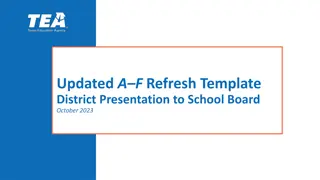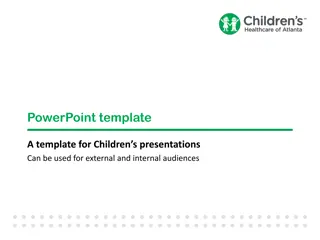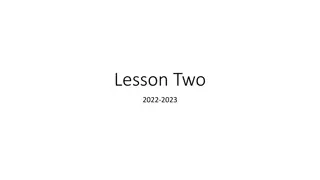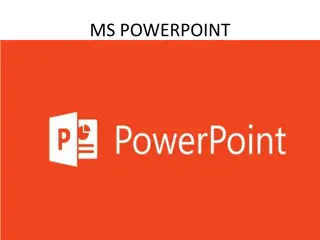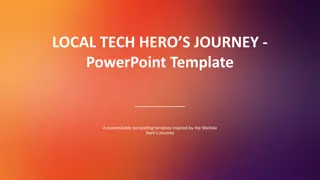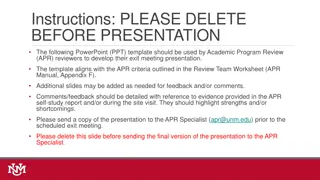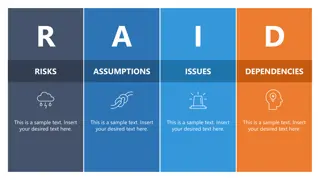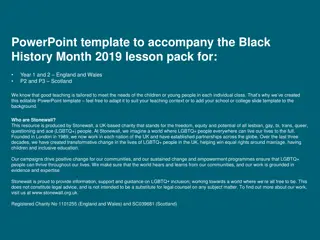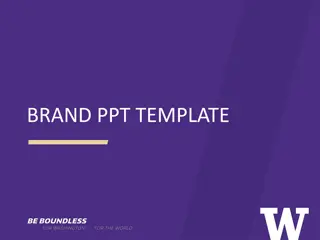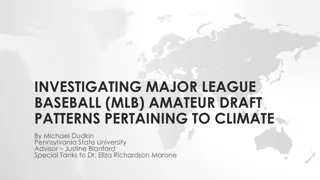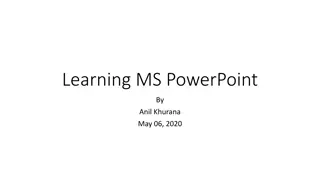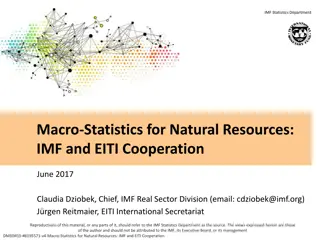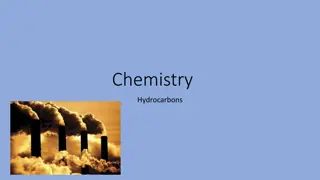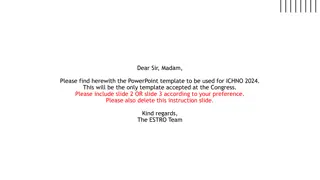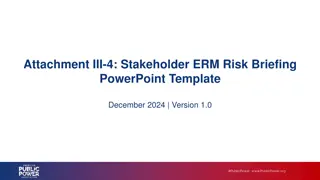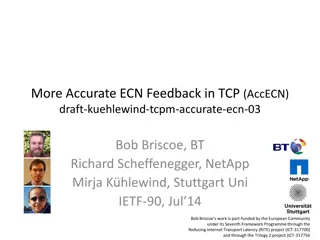PowerPoint Draft Template Overview
This presentation template explores the impact of language, culture, communication styles, power, and context in interactions. Learning goals focus on recognizing cultural influences and synthesizing consultation in relationships. Various topics are covered, including direct/indirect communication styles and the role of context in communication.
Download Presentation

Please find below an Image/Link to download the presentation.
The content on the website is provided AS IS for your information and personal use only. It may not be sold, licensed, or shared on other websites without obtaining consent from the author.If you encounter any issues during the download, it is possible that the publisher has removed the file from their server.
You are allowed to download the files provided on this website for personal or commercial use, subject to the condition that they are used lawfully. All files are the property of their respective owners.
The content on the website is provided AS IS for your information and personal use only. It may not be sold, licensed, or shared on other websites without obtaining consent from the author.
E N D
Presentation Transcript
DIFFERENT UNDERSTANDINGS OF PowerPoint Draft Template RESPECT
LIST OF TOPICS COVERED Impact of Language and Culture on Interactions Communication Styles and Context Power and Status Consultation
LEARNING GOALS Recognize that culture influences how we interact with others by: Comparing direct and indirect communication styles Analyzing the role of context in communication Relating the impact of power and status to communication Synthesize the role of consultation in federal relationships with tribes
LANGUAGE AND COMMUNICATION I know you think you understand what you thought I said, but I am not sure you realize that what you heard is not what I meant. Alan Greenspan Economist, Former Chair U.S. Federal Reserve Board
CULTURE INFLUENCES What we hear. What we say. How we hear things. How we say things. How we interpret things.
COMMUNICATION STYLES Direct/Indirect High Context/Low Context
DEGREE OF DIRECTNESS Indirect Direct (from Culture Matters: The Peace Corps Cross-Cultural Workbook. Washington D.C: US Government Printing Office)
INDIRECT VS. DIRECT Indirect Direct More implicit Delayed results Conflict avoidance More collective oriented societies More explicit More immediate results expected Conflict more likely More individualistic oriented societies
INDIRECT VS. DIRECT STATEMENTS Indirect Direct Do you think that s a good idea? That s an interesting point. What do you think of this suggestion? Have you tried doing that this way? I don t like that idea. You ve missed the point. I don t think we should do that. You re doing that wrong.
THE ROLE OF CONTEXT High Context Low Context (from Culture Matters: The Peace Corps Cross-Cultural Workbook. Washington D.C: US Government Printing Office
HIGH CONTEXT VS. LOW CONTEXT High Context Low Context Relies on shared experiences Most of the information is in the physical context or internalized in the person Very little is in the coded, explicit, transmitted part of the message Implied word meanings Communication is like that of twins. You have to read between the lines. Yes means I hear you. People engage in small talk and catch up before getting down to business. Few shared experiences Little information in physical context or internalized in the person Majority is in the coded, explicit, transmitted part of the message Literal word meanings Communication is like that between casual acquaintances. You tell it like it is . Yes means yes. People do business first, then catch up.
DIRECTNESS AND CONTEXT Indirect Direct High Context Low Context
COMMUNICATION AND PERCEPTION Adaptation and Individual Differences Power and Status White Privilege
ADAPTATION AND INDIVIDUAL DIFFERENCES No Cultural Adaptation Total Assimilation (From The Toolkit for Cross-Cultural Collaboration, Elliott, Adams, and Sockalingham 2016)
POWER AND STATUS (IMPLIED) High context = more equal Low context = power differential Direct communication = more explicit, aggressive, immediate gratification Indirect communication = more implicit, passive, delayed gratification
WHITE PRIVILEGE When I am told about our national heritage or about "civilization," I am shown that people of my color made it what it is. I can be pretty sure of having my voice heard in a group in which I am the only member of my race. I am never asked to speak for all the people of my racial group. I will feel welcomed and "normal" in the usual walks of public life, institutional and social. White Privilege: Unpacking the Invisible Knapsack, Peggy McIntosh. https://nationalseedproject.org/images/documents/Knapsack_plus_Notes-Peggy_McIntosh.pdf
CONSULTATION IN HERITAGE MANAGEMENT Consultation is a meeting among interested parties to exchange information in order to help ALL parties make informed decisions. It is an ongoing process, not a one-time event. It is a requirement and a relationship. It is an obligation and an opportunity. Consultation is required by a variety of laws, regulations, policies, and procedures in order to ensure Tribes and other interested parties ( stakeholders ) are given the opportunity to provide input concerning projects.
WHY CONSULT? Federal laws Federal Regulations Executive Orders Other Reasons 18
FEDERAL LAWS National Historic Preservation Act (NHPA) National Environmental Policy Act (NEPA Archeological Resources Protection Act (ARPA) Native American Graves Protection and Repatriation Act (NAGPRA) 19
FEDERAL REGULATIONS 36 CFR 60: National Register of Historic Places 36 CFR 800: Protection of Historic Properties (Section 106) 40 CFR 1500: Council on Environmental Quality 43 CFR 7: Archeological Resources Protection Act: Final Uniform Regulations 43 CFR 10: Native American Graves Protection and Repatriation Act Regulations; Final Rule 20
EXECUTIVE MEMOS EO 12875 (Enhancing Intergovermental Partnership) EO 13007 (Sacred Sites) EO 13084 (Consultation and Coordination with Indian Tribal Governments) EO 13175 (Consultation and Coordination with Indian Tribal Governments EO 13287 (Preserve America) 21
OTHER REASONS Good Public Relations Easier to do early than after the fact Cheaper to do early than after the fact Easier to explain what mighthappen rather than wonder what happened? It's the right thing to do. 22
LEVELS OF CONSULTATION Formal Consultation Process Initiate with telephone call Follow up with letter Face-to-face meeting (if possible) Follow up with a letter restating the perceived results of the meeting MOA/MOU as necessary Informal Consultation Process Initiate with telephone call Follow up with letter Face-to-face meeting preferable, but perhaps not necessary Follow up with a letter restating the perceived results of the meeting 23
PERCEPTIONS Federal Telephone call sufficient Tribal Telephone calls informational, NOT consultation Letters indicate interest Often are not routed to correct individual in a timely manner Staff is often unpaid, unless grants are used Staff often wears numerous "hats Letter sufficient Time limits Full-time personnel/staff No other on-going projects 24
Federal (continued) Face-to-face meeting not necessary Tribal (continued) Face-to-face meetings often considered only true form of consultation Decisions may not be made until much later and may require internal consultation Formal documents may not be required Assumes meeting results in a binding decision Formal documents are a must ***Assumes everyone understands words (and the results of the meeting) the same*** 25
REMINDER If including pictures, please save the credits or the original link for any picture in a separate word document for Teresa If including pictures, please save the credits or the original link for any picture in a separate word document for Teresa
TAKE-AWAYS Culture influences how we perceive and understand other humans. Communications styles can be Direct or Indirect Context influences Direct or Indirect communication Power, status, and privilege influences communication Consultation by federal agencies is required Consultation is influenced by communication styles and cultural interpretation
REFERENCES & ACKNOWLEDGMENTS National Science Foundation grants 1449465, 1540447
